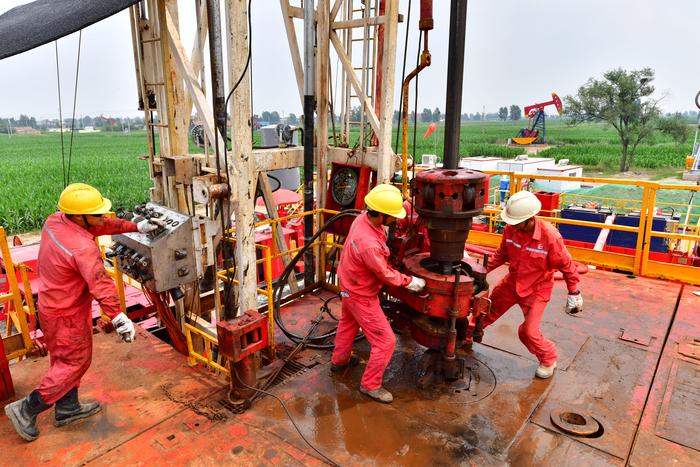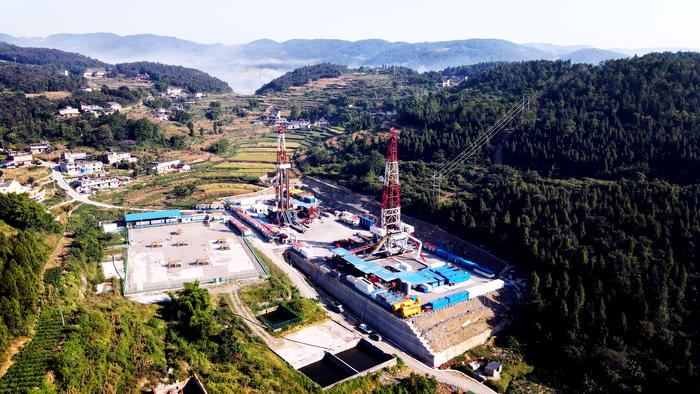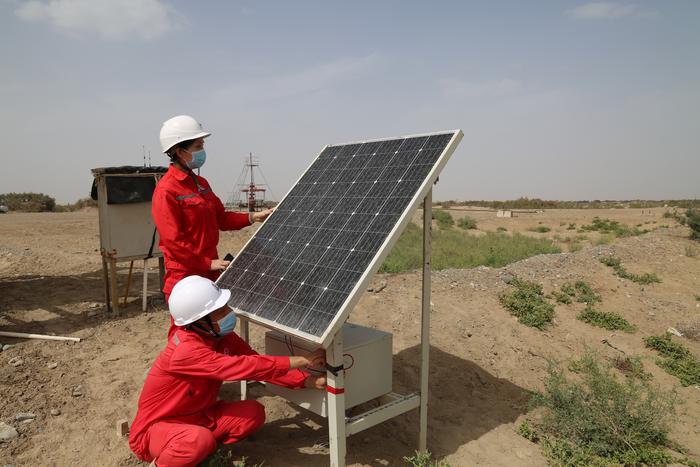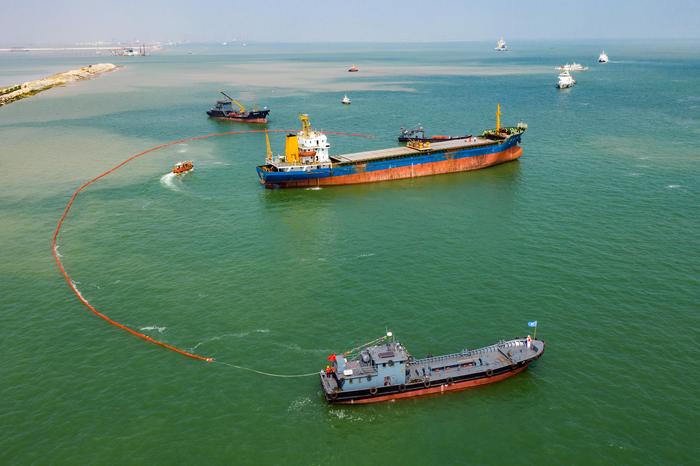|
| 2020-08-31 来源: 中国石化新闻网 |
| 石化新闻 |
中国石化新闻网讯 据美国钻井网站2020年8月26日报道,信息服务公司IHS Markit在周二(25日)发表报告中称,自4月份新冠病毒疫情大流行引发的石油危机达到最低点以来,全球石油需求在过去4个月里以创纪录的速度增长——平均每天增加1300万桶。 IHS Markit在发给美国钻井网站的一份书面声明中指出,目前全球石油需求已从4月份Covid-19前水平的78%上升到了89%。IHS Markit将这种增长归因于一些疫情限制的放宽。IHS Markit预计,明年第一季度全球石油日需求量将继续上升,直至持平在9200万至9500万桶。IHS Markit指出,这一预测大约相当于去年水平的92%至95%。 IHS Markit表示,这个需求的预期稳定将主要来自低迷的航空旅行和通勤。 IHS Markit副总裁兼石油市场主管吉姆?伯克哈德表示:“全球石油需求从疫情中崩盘时的最低点迅速上升,但还不足以全面反弹,至少目前如此。”他说:“要想需求完全恢复,旅行——尤其是航空旅行和通勤——需要恢复正常。在新冠病毒疫情得到控制和有效的疫苗问世之前,这不会发生。” IHS Markit还表示,全球航班数量比2月份下降了大约30%,与4月份78%的下降相比有了明显改善。然而,IHS Markit观察到,由于长途航班的数量还没有恢复到短途航班的程度,实际的航空煤油消耗仍比去年低50%。 伯克哈德还指出,石油需求增长预期将趋于平稳,并不意味着导致油价在4月大跌的供应过剩将重现。他解释说,欧佩克+联盟的减产以及美国预期产量的下降应该会让市场继续重新平衡。 李峻 编译自 美国钻井网站 原文如下: Oil Demand Recovering at Record Pace World oil demand has grown at a record pace – by 13 million barrels per day (bpd) – in the past four months since the nadir of the COVID-induced collapse in April, IHS Markit reported Tuesday. Presently at 89 percent of pre-COVID levels, global oil demand has risen from 78 percent in April, the consultancy noted in a written statement emailed to Rigzone. The firm attributes the increase to relaxation of some COVID-19 restrictions. It predicts demand should continue to go up until leveling off at 92 to 95 million bpd through the first quarter of 2021. It pointed out the projection equates to roughly 92 to 95 percent of prior year levels. The anticipated plateau in demand will stem primarily from subdued air travel and commutes, IHS stated. “The meteoric rise of world oil demand from the lowest lows of the COVID crash is going to come up just short of a full comeback, at least for now,” remarked Jim Burkhard, IHS Markit’s vice president and head of oil markets. “For demand to fully return, travel – especially air travel and commuting to work – needs to get back to normal. And that won’t happen until there is containment of the virus and effective vaccines.” IHS Markit also stated the number of air flights globally is approximately 30 percent lower than February levels – a marked improvement from the 78-percent shortfall in April. However, it observed that actual jet fuel consumption remains 50 percent lower than prior-year levels because the number of long-haul flights has not recovered to the extent of short-haul flights. Burkhard also pointed out the expected plateau in oil demand growth does not mean a return of the supply overhang that caused prices to plunge in April. He explained that production restraint by the OPEC+ alliance as well as lower projected U.S. output should allow markets to continue rebalancing. |








